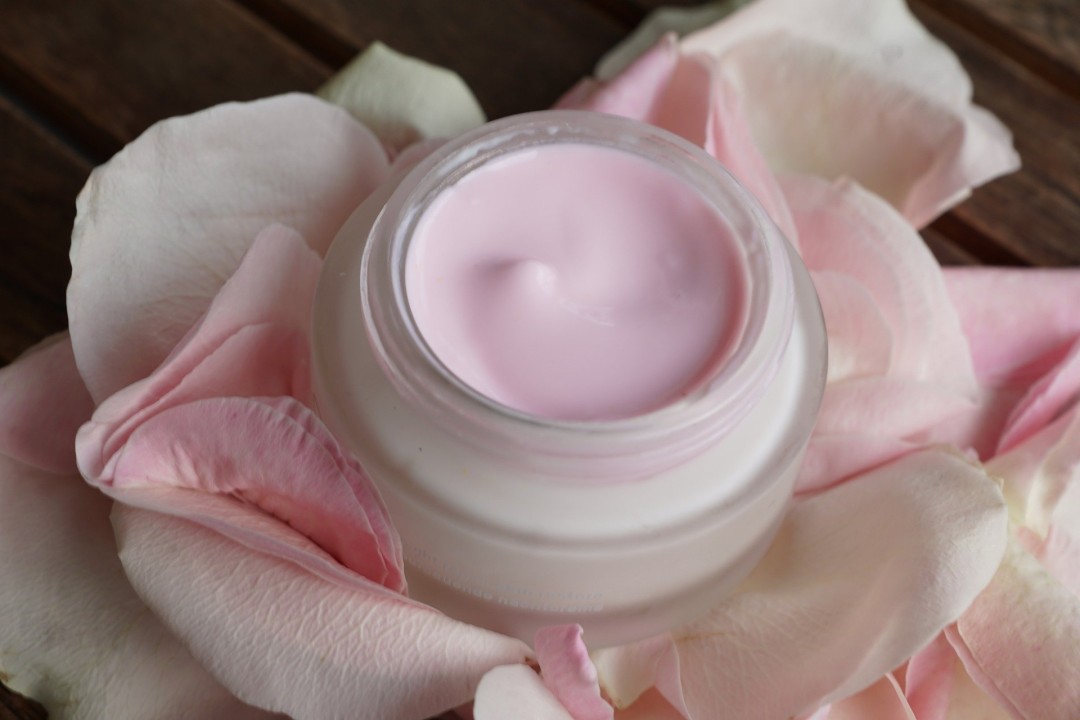Hydrogenated Polyisobutene: An Extensively Used Synthetic Emollient
What is it?
Hydrogenated polyisobutene, commonly known as PIB, is a synthetic emollient derived from polyisobutene. It is produced through hydrogenation, a chemical process that adds hydrogen atoms to molecules. This process converts the double bonds in polyisobutene into single bonds, resulting in a semi-solid, waxy substance.
Manufacturing Process of HPBI
The manufacturing of HPBI involves a few key steps:
Polymerization of Isobutene
Isobutene monomers undergo cationic polymerization to form polyisobutene. This polymerization reaction is initiated by Lewis acid catalysts like aluminum chloride or boron trifluoride. The polymerization takes place between 25-100°C to produce a high molecular weight liquid polyisobutene.
Hydrogenation of Polyisobutene
The liquid polyisobutene is then hydrogenated in the presence of a catalyst like nickel or platinum. Hydrogen gas is bubbled through the polyisobutene at elevated temperatures between 100-250°C and pressures of 15-60 bars. This adds hydrogen atoms across the carbon-carbon double bonds to saturate them.
Purification and Neutralization
The hydrogenated product contains residual reactants and catalysts that need removal. It undergoes purification using water washing and neutralization using bases to adjust the pH. The finished product is a pale, yellow, wax-like solid.
Applications and Uses of HPBI
Given its emollient properties, hydrogenated polyisobutene finds wide use in personal care products and cosmetics:
– Skin Care Products: It is used as a thickening and softening agent in lotions, creams, and ointments meant for the skin. Its non-greasy feel makes it suitable for facial moisturizers and anti-aging formulas.
– Hair Care Products: Conditioners, shampoos, and hair oils contain PIB to nourish and soften hair without weighing it down.
– Makeup Products: Foundations, concealers, and other color cosmetics use it to impart a smooth texture. It also boosts the spreadability of formulations.
– Lip Care Products: Lip balms, treatments, and gloss formulas list PIB as a major ingredient to hydrate lips.
– Sunscreens: It enhances the slip and feel of sunscreen lotions while also boosting the water-resistance of the formula.
– Bath Products: Added to bath oils, bubble baths, and creams for its conditioning action on skin.
Beyond cosmetic applications, PIB also finds usage as a:
– Plasticizer in PVC to impart flexibility
– Lubricating oil additive for its emulsifying properties
– Thickener and softener in petroleum jellies and creams
Benefits and Properties driving widespread use
The extensive usage of hydrogenated polyisobutene can be attributed to the various benefits and properties it lends to formulations:
– Emolliency: Being an oily material, it softens and smoothens skin/hair upon application.
– Slip: Imparts a silky, non-tacky feel to products without leaving an oily residue.
– Spreadability: Enhances the ease of application and absorption of cosmetic formulations.
– Hygroscopicity: Ability to absorb moisture from the surroundings to hydrate the skin/hair.
– Heat stability: Withstands processing at elevated temperatures without degrading.
– Solubility: Soluble in both oil and water-based formulations allowing for versatile incorporation.
– Cost-effectiveness: Being easily synthesized, it is economical to produce and incorporate.
– Multi-functional: Acts as an emollient as well as a thickening or plasticizing agent.
– Stability: Known to provide long-term stability to finished products without getting rancid.
Regulatory Status and Safety Profile
Hydrogenated polyisobutene is approved for use by various global regulatory bodies:
– FDA (USA): Approved for cosmetic and food applications.
– EU Cosmetics Directive: Listed as a permitted emulsifying, thickening, and stabilizing agent.
– INCI Name: Polyisobutene
Toxicologicalstudies have found it to be non-irritating, non-comedogenic, and unlike mineral oil, non-carcinogenic. Its wide margin of safety coupled with the advantageous properties have made it a popular synthetic emollient worldwide.
“*Note:
1. Source: Coherent Market Insights, Public sources, Desk research
2. We have leveraged AI tools to mine information and compile it”

